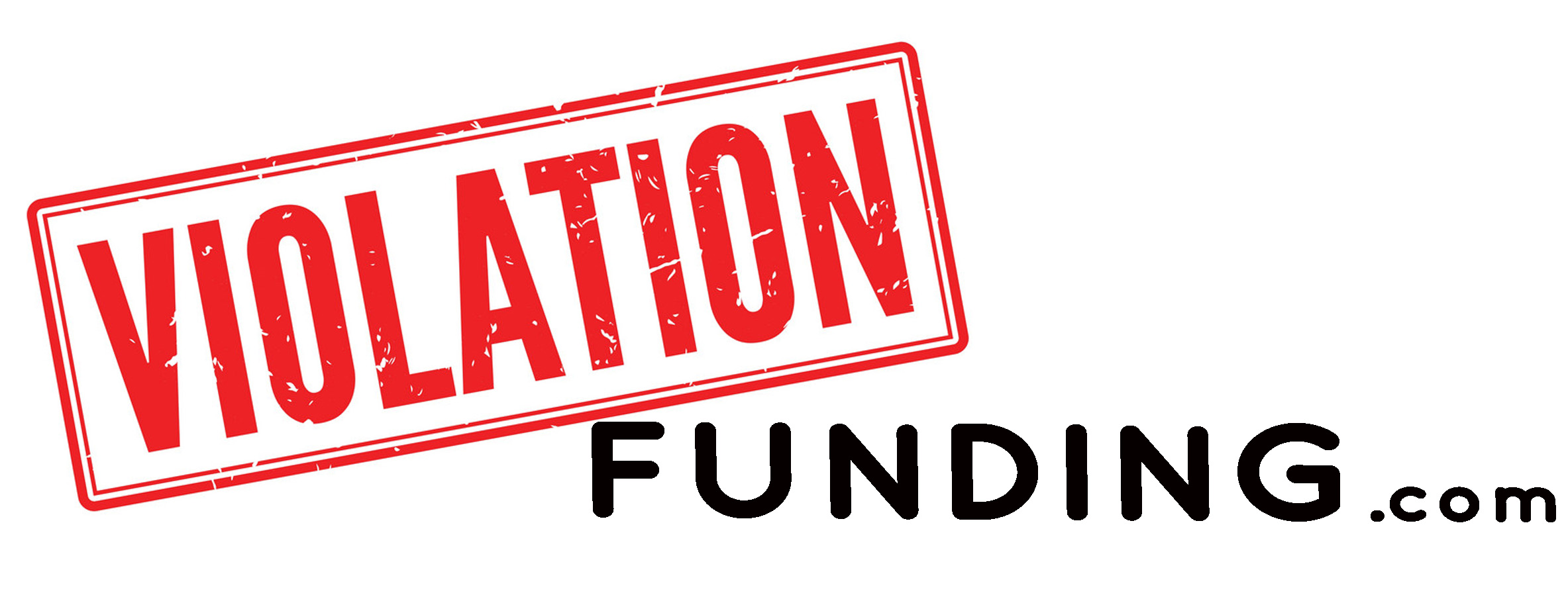05 Nov Best Practices for Successful Board Meetings
Meetings at the Board are essential to the achievement of company goals, as well as preventing conflicts and keeping the company in line with its rules. But they can only be productive if everyone involved is actively engaged and committed to fostering constructive dialogue. By implementing these best practices, you can transform your Board meetings into dynamic engines that help your organization move towards its long-term goals and goals.
The first step in executing an effective board meeting is to establish clear expectations and establish the meeting’s protocols. It includes clearly defining who is responsible for each item on the agenda, and making sure all attendees have complete understanding of what is expected from the meeting.
Setting and adhering to timeframes for each agenda item helps to keep the focus of the meeting. It also shows the attendees that their time is valued. Limit the number of agenda items to ensure that your board members can debate each item in a productive manner. Voting on non-controversial matters can be done through a consensus agenda, which frees time to discuss strategic issues. Use visual tools such as countdown timers to keep track of your time, particularly when dealing with sensitive subjects.
Being distracted by discussions that are new can distract from the main purpose of the meeting and lead to unneeded discussions. Include the word “parking area” on the agenda to include topics that require further research additional resources about european crisis drives massive surge in usage of collaboration software or consideration but aren’t at the top of your list. Make sure you regularly check the parking lot to assess what needs to be further investigated, added to the agenda, or assigned as an assignment.


No Comments